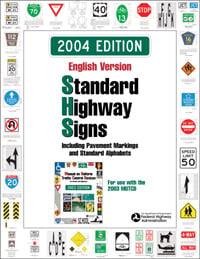According to a portion of the MUTCD that has remained, essentially, unchanged since the 1960's, "Regulatory, warning, and guide signs shall be retroreflective or illuminated to show the same shape and similar color by both day and night." In particular, stop signs need to be, at least, ASTM Type I reflective (Engineer Grade). Yet, the trend is that brighter sign materials (high intensity and diamond grade signs) are increasingly favored
It is also important to understand how the two terms, "Reflectivity" and "Retroreflectivity" differ. Although reflectivity is often used loosely to mean, in fact, retroreflectivity, the latter term has a more precise, scientific meaning. In particular, Retroreflectivity is defined as the ability of a sign (for example) to redirect light back to its source (a car with headlights).
Compare this with the notion of "Diffuse Reflection" or "Reflection". In this case, the light that shines on an object is reflected diffusely in many directions. An ordinary metal sign is diffusely reflective (e.g. it is visible to us). A "Retroreflective" sign, in contrast, focuses or redirects a majority of the light energy directly back to the light's source. This is what makes a high intensity sign, for example, appear so bright at night.













